Elizabeth H. Pleck is professor emerita of history and human development and family studies at the University of Illinois at Urbana-Champaign.
The University of Chicago Press, Chicago 60637
The University of Chicago Press, Ltd., London
2012 by The University of Chicago
All rights reserved. Published 2012.
Printed in the United States of America
21 20 19 18 17 16 15 14 13 12 1 2 3 4 5
ISBN-13: 978-0-226-67103-1 (cloth)
ISBN-13: 978-0-226-67104-8 (paper)
ISBN-10: 0-226-67103-8 (cloth)
ISBN-10: 0-226-67104-6 (paper)
ISBN-13: 978-0-226-67105-5 (e-book)
Library of Congress Cataloging-in-Publication Data
Pleck, Elizabeth H. (Elizabeth Hafkin), 1945
Not just roommates : cohabitation after the sexual revolution / Elizabeth H. Pleck.
pages ; cm
Includes index.
ISBN-13: 978-0-226-67103-1 (cloth: alkaline paper)
ISBN-10: 0-226-67103-8 (cloth: alkaline paper)
ISBN-13: 978-0-226-67104-8 (paperback: alkaline paper)
ISBN-10: 0-226-67104-6 (paperback: alkaline paper) 1. Unmarried couplesUnited StatesHistory20th century. 2. Unmarried couplesLegal status, laws, etc.United StatesHistory20th century. 3. Discrimination against unmarried couplesUnited StatesHistory20th century. 4. Common law marriageUnited StatesHistory20th century. I. Title.
HQ803.5.P54 2012
306.84'10973dc23
2011043369

This paper meets the requirements of ANSI/NISO Z39.48-1992 (Permanence of Paper).
ONE
Introduction
In 1972, Michelle Marvin, an actress and cabaret singer living with but not legally married to the Hollywood actor Lee Marvin, brought a lawsuit when their six-year relationship ended. She sought alimony and half of the income Lee Marvin had earned while the couple were together. In 1975, the California Supreme Court in Marvin v. Marvin affirmed that a nonmarried cohabitor such as Michelle Marvin had the right to enter into a legal contract with her partner; previously courts had held that because cohabitation was somewhat akin to prostitution, there could be no right to contract for what were essentially sexual services. It is often claimed that the California Supreme Court decision in Marvin v. Marvin represents a milestone of the sexual revolution and surely a key one in terms of the social acceptance of cohabitation.
Thats the myth of Marvin. The Marvin decision made palimony front-page news and established the right of cohabitors to make contracts in many states. However, most cohabitors did not enter into legal contracts, verbal promises proved hard to enforce, and few cohabitors sued for palimony because these suits were lengthy, costly, and hard to win. Despite the favorable ruling of the California Supreme Court, Michelle Marvin never received a penny in proceeds from legal victory. In a few states considerably more conservative than California, the Marvin decision led to rulings that contracts between cohabitors were invalid in that state. A legal victory for cohabitors adopted in most states, but not all, a contractual approach to living together fashioned by the courts turned out to be largely unworkablethats the reality of Marvin.
On the whole, cohabitation has become a normative experience in American society. In fact, the majority of American women have cohabited at some point in their lives, and couples who do not live together before their wedding day are now the deviants. Census figures on cohabitation suggest that there may have been about 230,000 couples cohabiting in 1960. In 2010, the US Census Bureau estimated that there were 8 million cohabiting households, of which about 516,000 were same-sex couples; in addition, more than 3 million children were being raised by parents who were partnered rather than legally married. These figures show a thirty-five-fold increase in the rate of cohabitation in the space of a half century, an astounding upward climb probably unparalleled in demographic history. The spectacular growth in cohabitation and nonmarital childbearing are the least cyclical developments in family change in the last fifty years: divorce plateaued in the 1980s, the number of abortions has dropped in recent yearsthe growth of cohabitation and bearing children out of wedlock have proven unstoppable.
The very nature of courtship and marriage has been altered by this trend. By the 1990s, most engaged couples lived together before walking down the aisle. Between 1965 and 1975, only 9 percent of first unions began with cohabitation; between 1990 and 1995, the figure was 54 percent. By the 1990s, cohabitation had emerged as a family form for giving birth to and raising children. Indeed, many American children are now growing up with a cohabiting parent and the parents partner. Two demographers estimated that as of 2008 almost half of all children in the United States at the time could be expected to spend some time in a cohabiting family. One can say that American attitudes followed behaviorand vice versa. The percentage of Americans who thought that living together outside of marriage was morally wrong declined from 86 percent in 1977 to 41 percent in 2001 and fell even more dramatically, to 27 percent, by 2007. The attitudes of high school seniors turned positive much earlier, reflecting the vanguard role of youth in the sexual revolution. The percentage of high school seniors who believed that living together prior to marriage is a good idea increased from 36 percent in 1975 to 70 percent in 2008. Girls were always more conservative in their attitudes than boys, but the gender gap between male and female high school seniors was closing, largely because young women were adopting a much more favorable view of cohabitation prior to marriage.
Because of these changes in attitudes, one would expect that any sanctions against living together would long ago have been consigned to the dustbin of Americas puritan past. However, cohabitation has not become completely approved of. Occasionally, a reporter stumbles across a law still on the books criminalizing cohabitation, fornication, or adultery, but quickly adds that the law is never enforced. But in fact, discrimination against cohabitors still exists, and couples continue to be punished for living together, despite the prevalence, even ubiquity, of these relationships. Here are seven examples for the years 2005 through 2010, when most people assume cohabitation had become completely accepted.
A Catholic high school in Appleton, Wisconsin, dismissed a teacher because he had too much to drink and stayed overnight at his girlfriends apartment in Green Bay.
A trial court judge denied visitation to a divorced father in Michigan because he had a live-in girlfriend.
The state parole board added three months to the sentence of a prisoner in West Virginia because he told them he planned to live with his girlfriend after he got out of prison.
A mother on public aid in San Diego was convicted for welfare fraud for failing to report her abusive live-in boyfriends income, even though he was not giving her any of his money.
A North Carolina sheriff told a cohabiting dispatcher that she had to get married or lose her job.
A California man was denied a job with a sheriffs department when they found out he was living with another man.

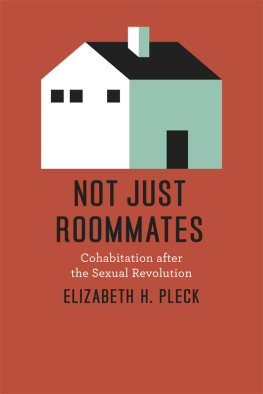



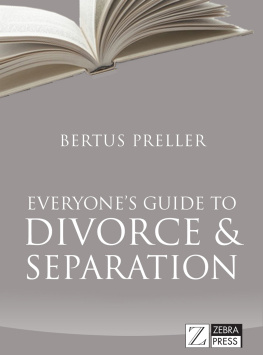

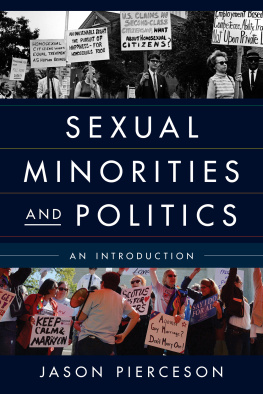
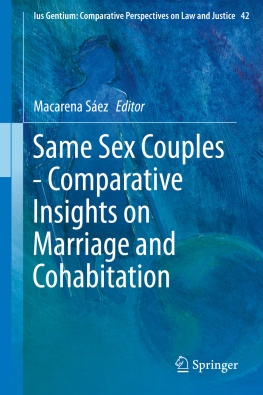

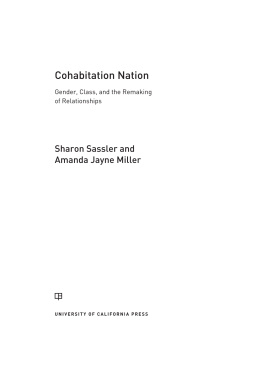

 This paper meets the requirements of ANSI/NISO Z39.48-1992 (Permanence of Paper).
This paper meets the requirements of ANSI/NISO Z39.48-1992 (Permanence of Paper).